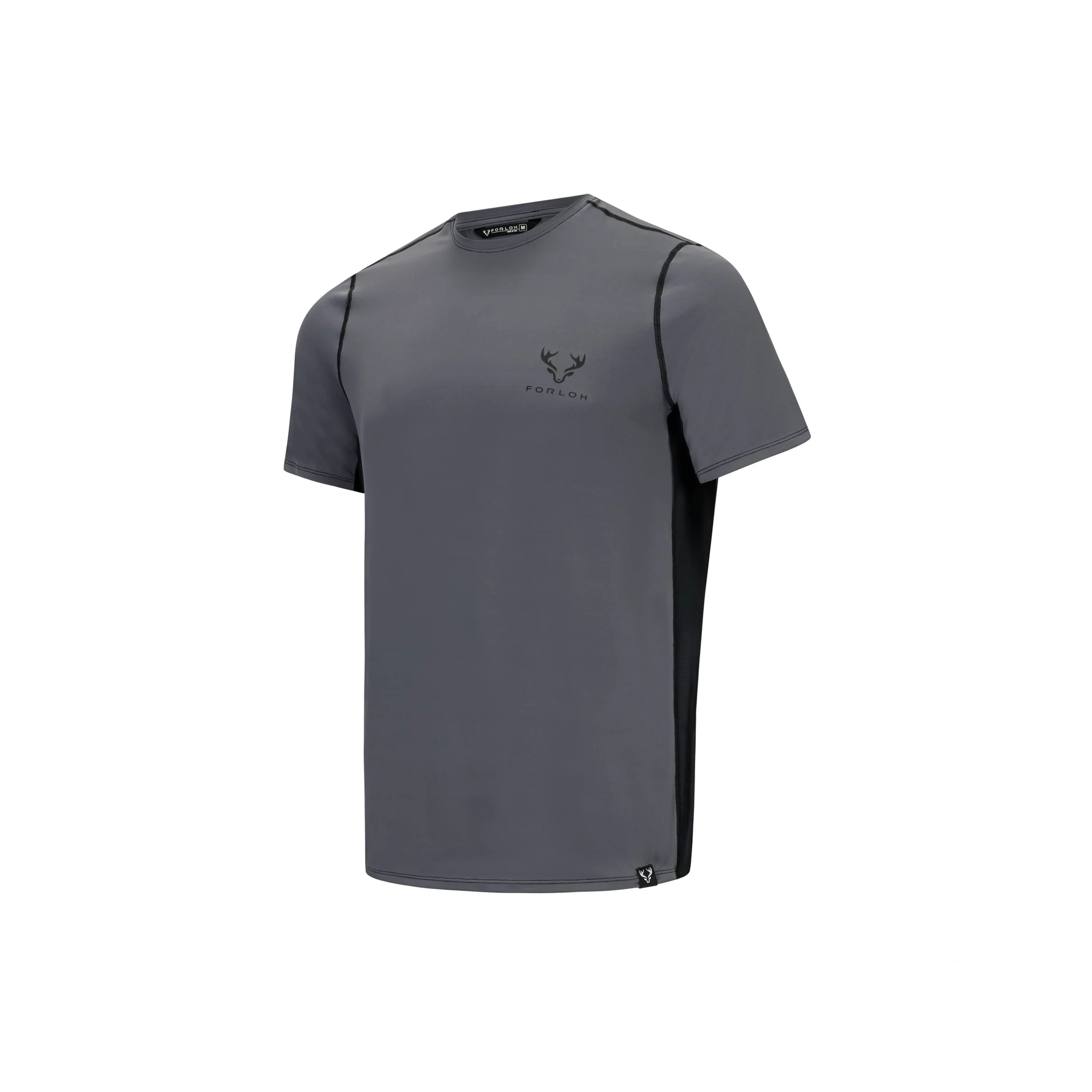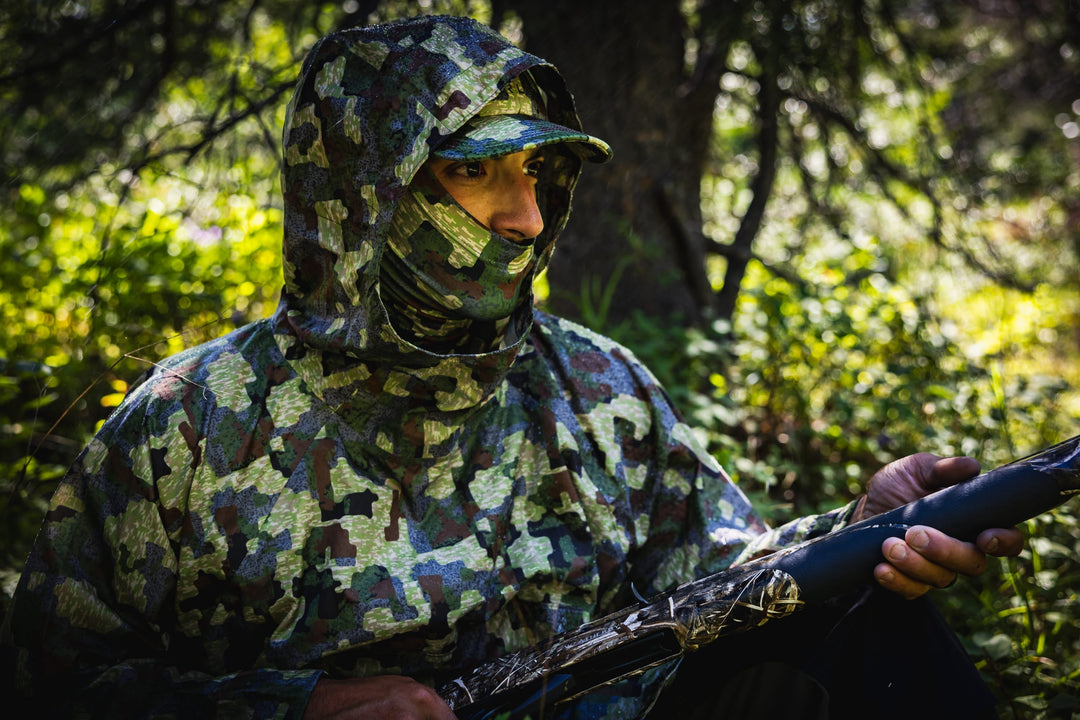Mule deer hunting season generally runs from late August to December. Archery season runs from late August to late September, while rifle season in the mountains runs from late October through the first half of November.
Colorado is the best state for mule deer hunting, where some hunting seasons on the eastern plains run into December. Idaho is a close second, and Nebraska and South Dakota are also popular destinations for mule deer hunts.
To prep for peak mule deer hunting season, starting early is key. Here are five tips to get you ready for a successful mule deer hunt.
|
Table of Contents |
1. Plan Ahead for Mule Deer Hunts
Mule deer are plentiful in western U.S. states like Arizona, New Mexico, Colorado, Idaho, Wyoming, and Montana. Eastern Colorado, western Nebraska, and South Dakota have very large plains mule deer.
Prepping for mule deer hunting is the first and most important step you can take for a bountiful hunt. This includes thoroughly scouting the areas where you’ll be hunting, making sure you have all the necessary gear, and getting permission to hunt.
Before setting out on your first hunt of the season, make a list of locations that you’ll visit. Do some research about these locations, and visit them in person if possible. If you can’t visit in person, use tools like Google Earth and topographic maps to get familiar with the terrain. Also, check the weather in those areas when you’ll be hunting to ensure you’re prepared with proper clothes and gear.
While you’re scouting out hunting locations, learn the habits of your prey. The places deer frequent in the summer months are likely the same places you’ll find them in during hunting season. For example, deer habitually visit the same water sources.
Mule deer can be hunted in 16 western states. You’ll need to apply for a tag well in advance, usually through a lottery system.
2. Start Glassing Early
As you scout your hunting locations, plan when and where to glass, considering where mule deer spend most of their time. Mule deer who live on east-facing slopes tend to bed down for the day earlier than deer living on west-facing slopes.
Mule deer prefer shady areas, but you should still glass in every possible location. Also, you should train your eyes to spot mule deer who have “greyed out” into their winter coats, rather than red-colored deer in their summer coats.

Featured Gear: Method Bino Harness, Deep Space Embroidered Camo Hat
Get into your glassing position early, and plan to glass all day. If you get to a good vantage point before the sun rises, you’ll have gotten there without being seen. A lot of hunters only hunt or glass in the early mornings and evenings, but deer move throughout the day, usually to change beds as the shade moves. In the evening, glass until it’s too dark to see.
3. Know Where to Look for Mule Deer
During your hunt, slow down and glass. Mule deer blend into the landscape. Cover ground as necessary, but really take your time when you have a good view. Look for game trails and water sources to find where mule deer travel.
Before you begin your stalk, find landmarks and memorize the terrain where the deer is located. Once you leave your vantage point and get on the same level as the deer, the landscape will likely look different.
Approaching a stalk from above is a wise choice, as deer naturally face downhill when they bed. They often bed with a rock, cliff, or clump of vegetation to their backs, providing hunters with much-needed cover.
Bucks are rarely alone, so always be on the lookout for other deer and other game.
4. Stay Undetectable
Hunters must go unseen, unheard, and un-smelled. Wear effective hunting camo, and if you must move past other deer to get to your target buck, don’t move when their heads are up.
Use the surrounding terrain to keep you covered. Go out and around during stalks to avoid being heard, seen, or smelled. If you can’t, consider backing out and waiting for a better opportunity.
Wear pants and footwear that are quiet and control scent. Choose hunting clothes with built-in odor control technology, and be sure to wash your hunting clothes regularly, using detergent without perfumes or brighteners.
Check the wind direction, and try to stalk only when the wind is blowing toward you.
FORLOH hunting clothes are made with Polygiene® + Odor Crunch© antimicrobial technology that stops odor at the source.

Featured Gear: Women’s AllClima 3L Rain Pants, Women's ThermoNeutral Down Vest, Women's Insect Shield® SolAir Hooded Long Sleeve Shirt
When hunting in the late fall and winter months, you need gear to keep you warm but also dry and odor-free. This is where layering your hunting clothes comes in. Each layer needs to wick moisture away from your body, control odor, and protect you from the cold.
Here are some of our FORLOH hunting clothes with scent control to help you stay undetectable:
- Deep Space Base Layer Bottom
- Deep Space Base Layer Top
- Insect Shield® SolAir Lightweight Pants
- AllClima Stretch Woven Jacket
5. Get Comfortable Gear
You’ll increase the chances of a successful hunt if you’re able to stay out and hunt all day long. To do this, you need effective, comfortable hunting clothes and gear to help you face unpredictable weather conditions, hours of hiking, and backcountry terrain. Investing in a good pair of boots and high quality hiking pants is well worth it.
Carrying food and a tarp to shelter you during breaks will make this a lot easier, so a lightweight hunting pack is one of the first things you’ll need. For glassing, you’ll need a good pair of binoculars.
Here’s a list of gear for mule deer hunting:
- Method Pack System
- Method Bino Harness Rangefinder Holster
- The One Pack Rifle Holder
- The One Pack Bow Holder
To keep you comfortable all day long, invest in some hunting clothes that are quiet, packable for layering, waterproof, and windproof.
You need to focus on glassing and stalking, so you need clothes that will keep you prepared for all weather conditions and invisible to mule deer:
Choose FORLOH to go further, stay longer, and harvest that buck.

Related Articles: 5 Tips for Early Season Deer Hunting, How To Choose The Right Hunting Pack Size, Beginner Bowhunting: 10 Tips To Get Started








